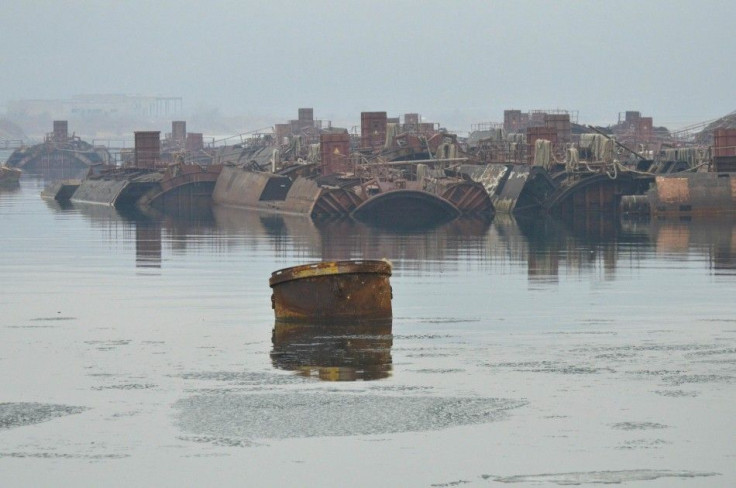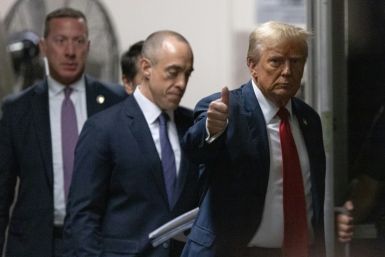U.S. To Launch New Generation Submarines To Counter Threats From The Bulging Fleet of Russia and China

A submarine race is in the making. The U.S. has announced its new generation Ohio class submarines to address new threats from Russia and China. In an insightful assessment, the U.S. Navy expresses its concerns about the rapidly expanding submarine fleet of Russia and China while defending the new submarine push of U.S.A.
Vice Adm. Michael Connor, the U.S. Navy's Atlantic Submarine Force commander, notes that the fast-paced development of ballistic missile submarine by Russia and China's will require a matching deployment of U.S. submarine fleet, reported Fox News.
What is worrying the U.S. is Russia's significant nuclear arsenal that it bequeathed from the Soviet days. Thus Russia retains all the nuclear capabilities. They are regrowing those capabilities, and Russia showing aspirations for more territory and influence, reminiscent of the erstwhile Soviet Union.
Russian Upgrade
Last week, Russia announced its decision to upgrade its submarine fleet and released photos of the Akula II-class nuclear submarines getting ready for upgrades. Alongside Russia, the U.S. Navy also looks at China's expanding submarine fleet with concern and its advancement towards global strike capabilities.
China has many ballistic missile submarines, but Connor observed that China is showing a penchant for adding more nuclear ballistic missile submarines. The Office of Naval Intelligence (ONI) in its assessment noted that China's navy has evolved from a littoral force to capable force for a wide range of missions with the capability to strike targets hundreds of miles from the Chinese mainland.
ONI noted that China's plan to include the Jin-class ballistic nuclear submarines was a force multiplier, and the deterrent patrols will start soon. The operational deployment of the Jin SSBN would enhance China's at-sea-second-strike nuclear capability, said the report. According to the report China now possesses 5 Nuclear attack submarines; 4 Nuclear ballistic missile submarines and 53 Diesel attack submarines.
China's Decade
The ONI report noted the rapid expansion of Chinese submarines of offensive weapons technology in the past decade. Before that, China had only a few submarines with the capability to fire modern anti-ship cruise missiles. Now, half of China's conventional attack submarines of China are configured with fire anti-ship cruise missiles.
When the undersea nuclear deterrence started in the 1960s, U.S. was the leader with 41 submarines. Now the U.S. Navy's fleet shrunk to 14 nuclear armed submarines. Conor added that the new scenario will be strategically addressed when the U.S. Navy releases the new-generation Ohio-class, nuclear-armed ballistic missile submarines by 2021. It is also known as the Ohio Replacement programme. In a report, the Market Watch carried the news that the U.S. Navy awarded a million contract to General Dynamics Electric Boat, towards planning the yard work and engineering of its new nuclear submarines.






